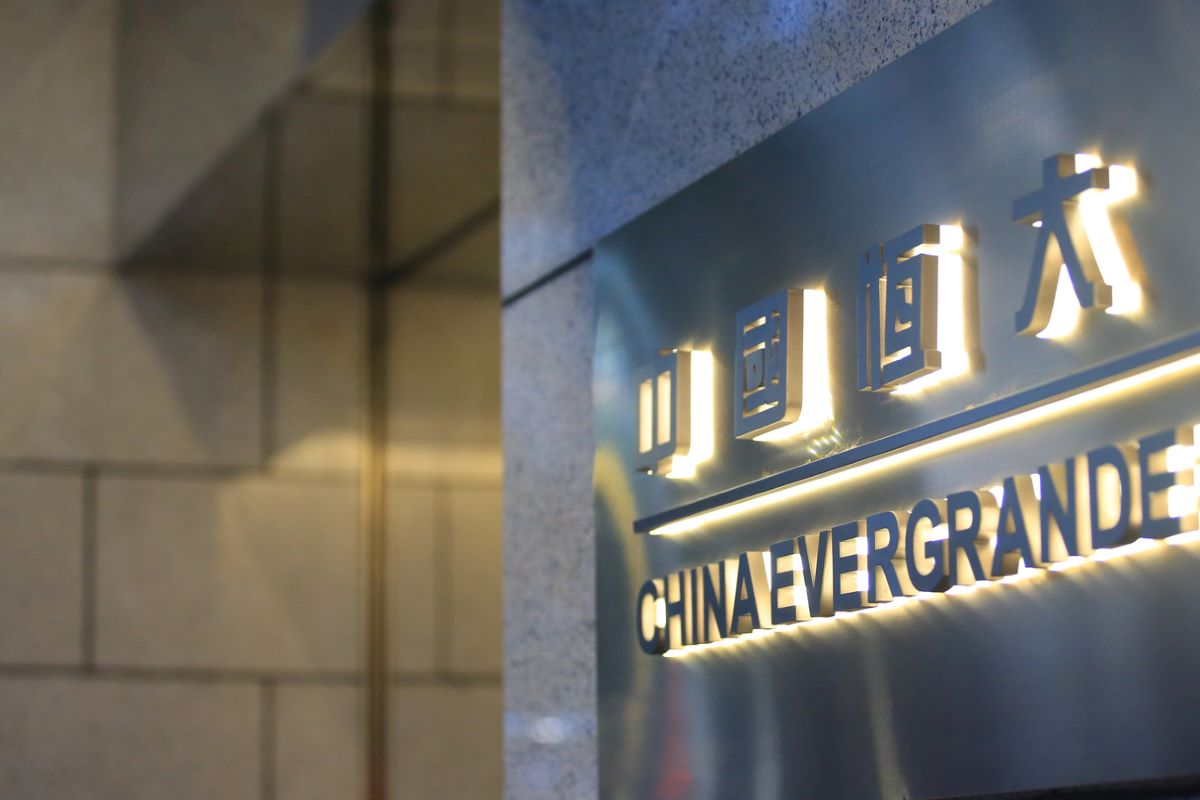PM spells out India’s position on China
I n a recent interview to Newsweek, the Prime Minister, discussing Indo-China relations, commented, “For India, the relationship with China is important and significant.
Although Evergrande’s debt is large at RMB2 trillion (US$300 billion), its financial debts account for around a third of its total liabilities with a diversified creditor structure. The larger amount owed outside the banking sector is due to the peculiar funding structure of the Chinese real estate model.

representational image (iStock photo)
Last Friday, Evergrande, China’s largest property developer, indicated its inability to meet guarantee obligations on its US dollar debts. Since then, the Guangdong and other provincial governments where Evergrande Group and its affiliates have housing projects have announced that they are providing advice and guidance to the group, indicating that a restructuring process will be handled according to the law in an orderly manner.
The China Banking and Insurance Regulatory Commission (CBIRC) also issued a timely press release noting that the Evergrande default will not have negative impact on the safe and sound operations of China’s banking and insurance sector. When news of Evergrande Group’s difficulties in meeting its obligations surfaced earlier in the year, some analysts suggested that such a default would be China’s Lehmann moment. This implied that there would be a systemic contagion along the lines of the cascading failure of Lehmann Brothers which triggered the 2008 financial crisis.
Although Evergrande’s debt is large at RMB2 trillion (US$300 billion), its financial debts account for around a third of its total liabilities with a diversified creditor structure. The larger amount owed outside the banking sector is due to the peculiar funding structure of the Chinese real estate model.
Advertisement
Chinese property development typically relies heavily on pre-sale deposits from buyers and mortgage instalment payments to fund their housing projects, so that the exposure to domestic financial institutions is relatively lower and diversified because of the regulatory restrictions within China on credit concentration. In recent years, some Chinese property developers have relied on US dollar bonds issued mainly in Hong Kong to top up their funding needs. They pay market interest rates on bonds with credit ratings.
Since many such bonds have been rated below investment grade (many as junk bonds), the market is transparently assessing the risk-reward balance for such credits. In the United States, junk bond yields hit 9.2 per cent in March 2020 at the height of the pandemic volatility but are currently trading between 4-5 per cent per annum. Chinese real estate offshore bond yields have fluctuated between 6 and 10 per cent between 2017 to 2019 but rose to around 15 per cent per annum this year on higher credit risks (Natixis Bond Index data).
Thus, the risks of default on these Chinese bonds are largely priced into the market. There does not currently appear to be any contagion spill-over, because the yields for non-real estate Chinese dollar bonds are still steady at between 3-4 per cent per annum. This shows that the market is differentiating between real estate and on-real estate issuers in terms of credit perceptions. We need to look at Evergrande within the larger context of Chinese economic and financial reforms.
Chinese property developers began to reduce their borrowings when the authorities decided to slow the growth of overall domestic debt in line with prudent macro-prudential principles. Because the housing sector is important from the perspective of social and financial stability, an orderly reduction in both the leverage and growth in house prices is fundamental to overall macro-stability. This protects the market for house buyers in terms of affordability, as well as investors.
What I found encouraging and reassuring is that the authorities have taken a highly market-oriented, rule-based, and responsible approach towards managing credit events such as the Evergrande default. First, allowing market forces to work, including the exit or restructuring of non-performing players, plus yields to reflect market risks, is critical to the development of efficient and transparent markets.
Second, the local authorities have put priority on managing risks to house buyers by ensuring that their interests are taken into consideration. Third, the Chinese authorities have re-affirmed that “there will be no change for China’s market-oriented financial reform and opening-up under the rule of law and in accordance with international standards,” a sign of confidence in markets and reform. Fourth, by stating clearly that there would be an orderly unwinding of the situation to follow market-based and legal principles, it confirmed the fundamental principle of not allowing moral hazards to weaken market discipline.
In other words, even the largest players cannot assume that they can be Too-Big-to-Fail. Allowing borrowers to fail or restructured according to the law is good market discipline. Markets cannot work well when private owners profit at good times and the state or the public picks up the bill at bad times.
There will be no Lehmann moment in China because from a macro-perspective China’s economic growth and net worth are not only positive, but savings remain high and the financial system well-capitalized. McKinsey Global Institute’s latest Global Balance Sheet report estimated that for 2020, China’s national net worth at market prices was 8.2 times GDP, nearly double that for the United States (4.3 times) and higher than the other two large surplus economies – Japan (7.2 times) and Germany (5.4 times).
China’s net international investment position was $2 trillion surplus at the end of June 2021, compared with a US net liability of $15.4 trillion. In this highly volatile global environment with excess liquidity and multiple changing situations, it is a mark of confidence that the Chinese authorities are embarking on a “steady as she goes” policy mix aimed at providing stability and orderly markets.
(The writer is a Distinguished Fellow, Asia Global Institute, University of Hong Kong and a former financial regulator. Special to ANN)
Advertisement